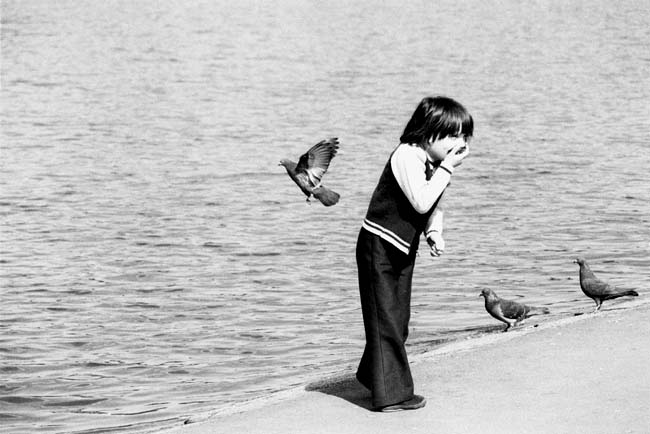The End of the Decisive Moment
Soon there will be no more decisive moments, no more perfectly (or luckily) timed exposures capturing the ideal composition of human and street topography, no more envy of Cartier-Bresson’s instincts. We have hardly caught our breath from the demise of film and another technology inflection point looms like a second wave crashing over a stunned and struggling swimmer.
In June of this year I bought what will probably be my last still camera, A Nikon D300. That was five years after my first digital camera, a D100. Roll the clock on less than five years from now and there is zero chance that my next camera will not have high definition movie capability. And I am not talking measly 2 mega-pixel broadcast resolution High-Def, I am talking 9.7 mega-pixel, 3626×2664, 4K theatre resolution at 30 frames per second.
Shooting near 10 mega-pixel images at 30 frames per second you can’t miss the moment, at least not all of them. The wedding photographer won’t have to say cheese any more; the mother that blinks will have her eyes open and on camera two seconds later so print that frame. The fashion photographer can grab 30 seconds of video, at night, in the rain, and take the one shot where the model had just the right angle in her elbow.
The way we make photographs will change, what we photograph will change; some of us will adapt easily, some of us won’t. That’s OK, this is not the first time that the tools have changed. Change is good. Postmodern critics declared the end of art, there was nothing left to do. They were wrong, change is the catalyst of art.




